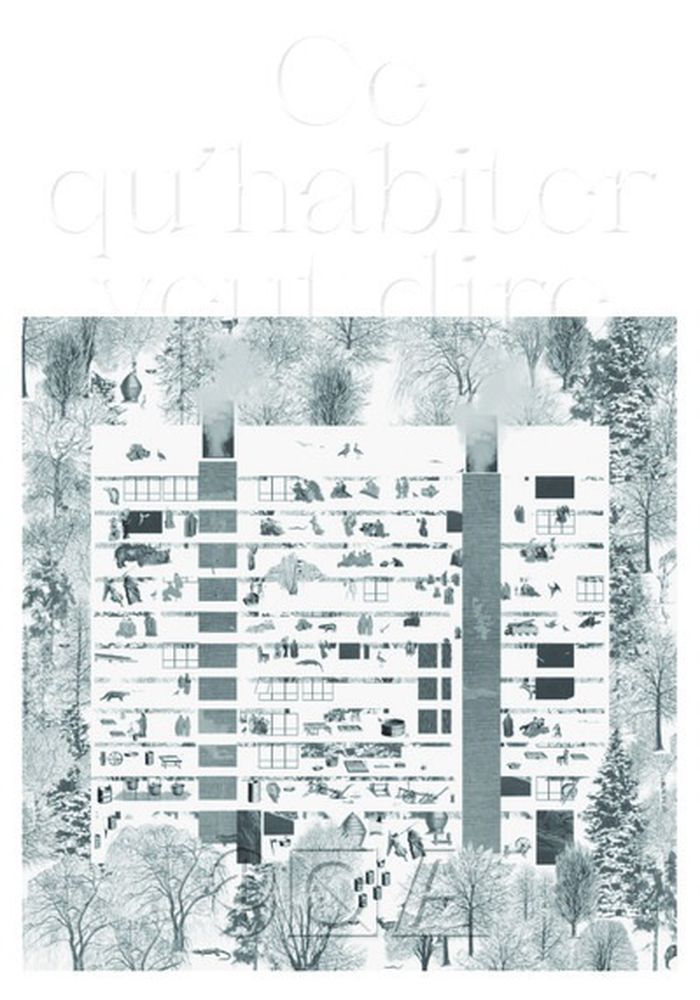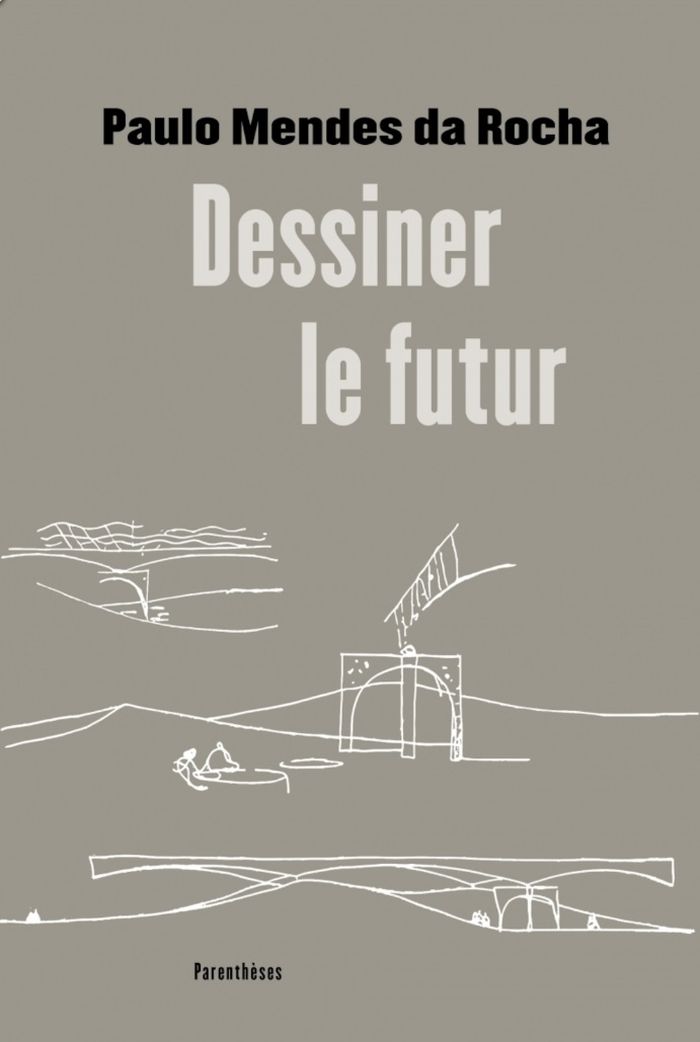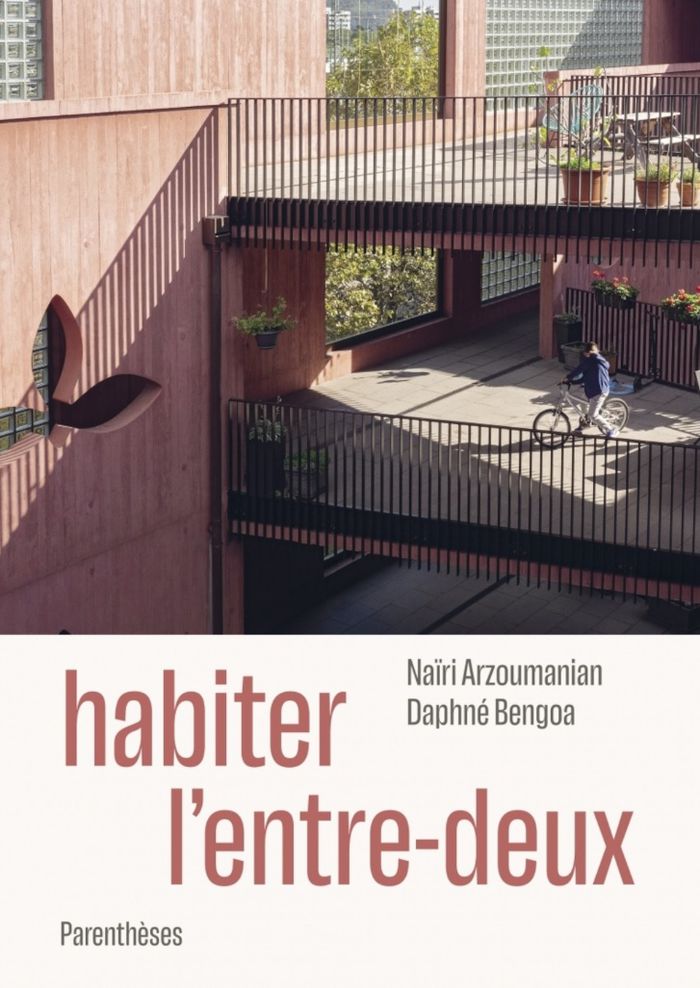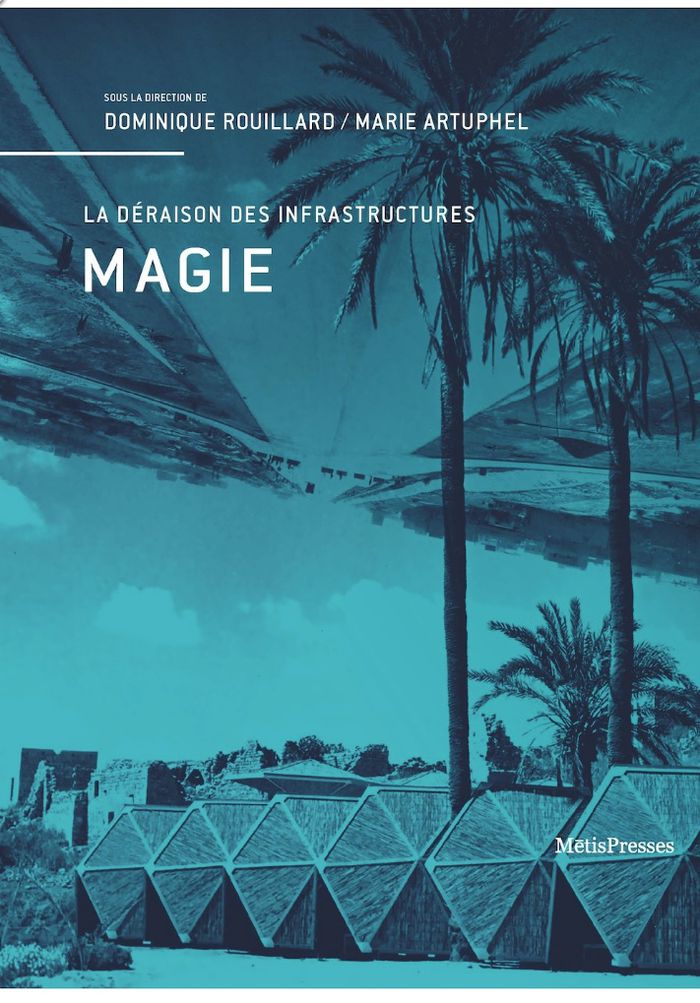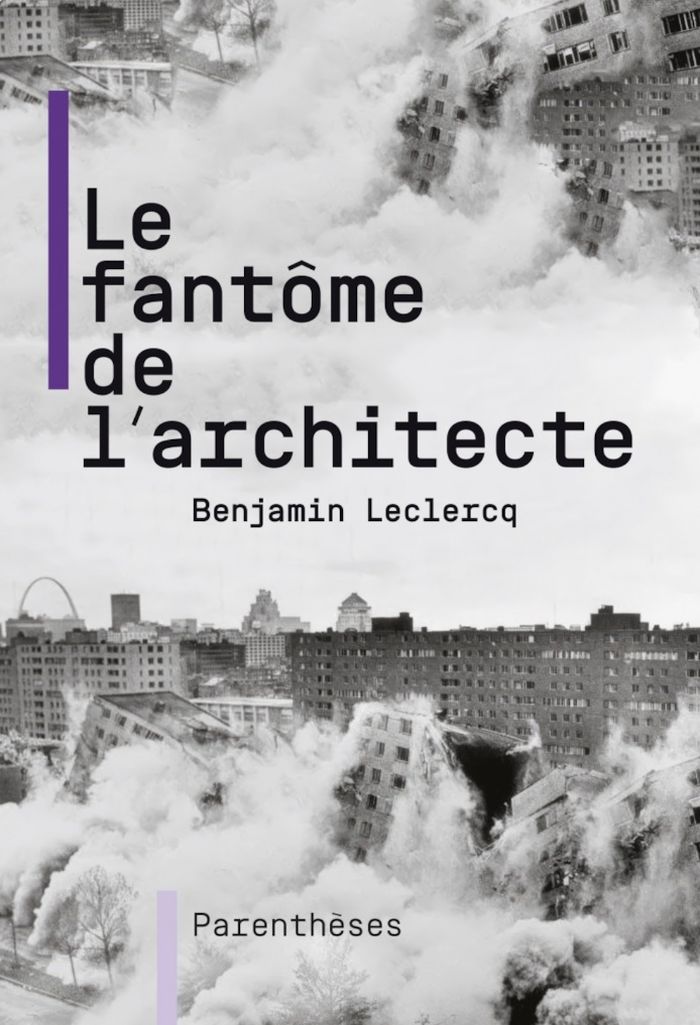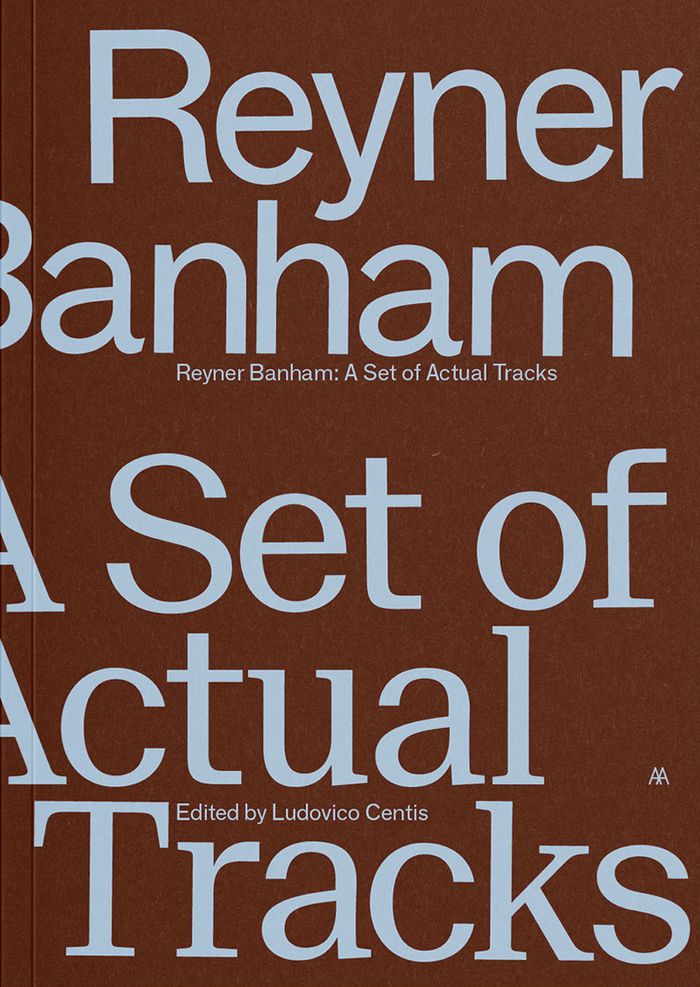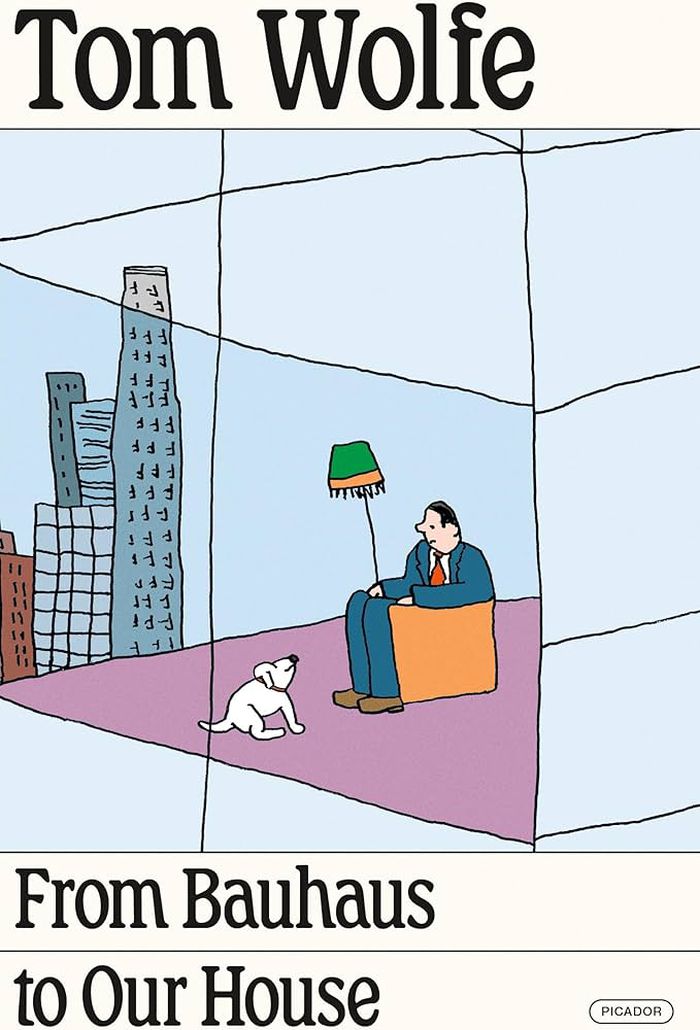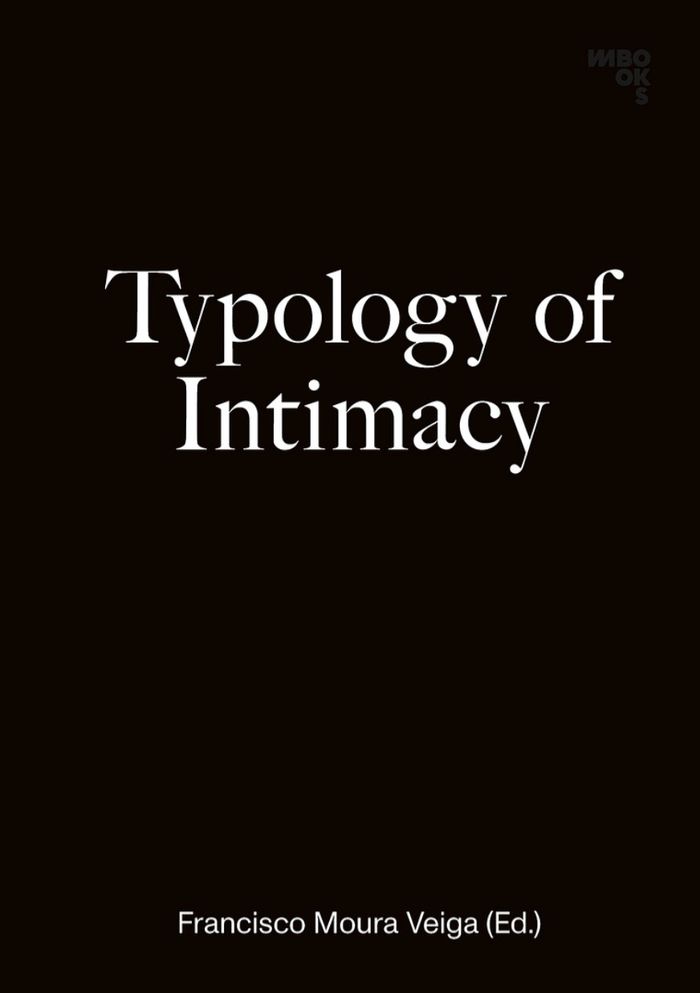Ce qu'habiter veut dire
$45.00
(available in store)
Summary:
Ce qu’habiter veut dire est un re´cit sensible qui retrace un parcours de trois anne´es a` la rencontre du territoire belge francophone et de ses habitants. Durant cette exploration et en utilisant le levier que repre´sente la culture, l’Institut Culturel d’Architecture Wallonie-Bruxelles ouvrait cette question a` l’ensemble de ses publics: « Pour toi, c’est quoi habiter?(...)
Ce qu'habiter veut dire
Actions:
Price:
$45.00
(available in store)
Summary:
Ce qu’habiter veut dire est un re´cit sensible qui retrace un parcours de trois anne´es a` la rencontre du territoire belge francophone et de ses habitants. Durant cette exploration et en utilisant le levier que repre´sente la culture, l’Institut Culturel d’Architecture Wallonie-Bruxelles ouvrait cette question a` l’ensemble de ses publics: « Pour toi, c’est quoi habiter? ». Si les re´ponses recueillies sont propres a` la culture belge francophone, leur impact de´passe les frontie`res et questionnent largement nos fac¸ons d’habiter. Car habiter ce n’est pas seulement se loger, c’est aussi prendre conscience d’un paysage et d’un territoire (non-)ba^ti, c’est re´fle´chir a` faire avec ce qui existe de´ja`, ce qui est de´ja` ba^ti et ame´nage´, c’est participer a` l’e´laboration de son cadre de vie et a` la culture qui s’anime autour, c’est enfin et avant tout re^ver. Ce qu’habiter veut dire invite a` s’immerger et a` s’inspirer de visions, tanto^t construites, tanto^t esquisse´es, tanto^t ancre´es dans le re´el, tanto^t utopiques, e´manant de l’ensemble des acteurs de notre cadre de vie.
Architectural Theory
Dessiner le futur
$54.95
(available in store)
Summary:
L’architecte brésilien Paulo Mendes da Rocha n’a jamais écrit d’ouvrage à proprement parler, sans doute parce qu’il considérait que la « pensée » de l’architecte s’éprouve exclusivement sur le terrain. En revanche, l’homme engagé qu’il était a multiplié les prises de position et les écrits courts et incisifs. Ce recueil de textes, jusque-là inédits en français, est en(...)
Architectural Theory
December 2024
Dessiner le futur
Actions:
Price:
$54.95
(available in store)
Summary:
L’architecte brésilien Paulo Mendes da Rocha n’a jamais écrit d’ouvrage à proprement parler, sans doute parce qu’il considérait que la « pensée » de l’architecte s’éprouve exclusivement sur le terrain. En revanche, l’homme engagé qu’il était a multiplié les prises de position et les écrits courts et incisifs. Ce recueil de textes, jusque-là inédits en français, est en cela d’un intérêt indéniable. Témoignage précieux sur son œuvre, il l’est aussi sur la société brésilienne de la seconde moitié du xxe siècle. Ses thèmes de prédilection s’expriment ici de manière très claire : la défense de la démocratie, la modernité, l’accès populaire à la beauté et au confort, la qualité de vie dans les villes et la recherche d’un expressionnisme puissant à l’image de son pays.
Architectural Theory
Habiter l'entre-deux
$61.95
(available to order)
Summary:
L’acte d’habiter se réalise au quotidien par de multiples interactions entre l’individu et son environnement. Il implique des arbitrages liés à la recherche permanente d’un équilibre entre des éléments qui a priori s’opposent : l’intérieur et l’extérieur, le bâti et la nature, le public et le privé, le visible et l’intime, l’individuel et le collectif. Dans ses diverses(...)
Habiter l'entre-deux
Actions:
Price:
$61.95
(available to order)
Summary:
L’acte d’habiter se réalise au quotidien par de multiples interactions entre l’individu et son environnement. Il implique des arbitrages liés à la recherche permanente d’un équilibre entre des éléments qui a priori s’opposent : l’intérieur et l’extérieur, le bâti et la nature, le public et le privé, le visible et l’intime, l’individuel et le collectif. Dans ses diverses formes, l’espace intermédiaire — l’entre-deux — est l’élément clef de ces compromis. Une étude menée dans plusieurs ensembles de logements illustre l’importance de l’entre-deux dans l’affirmation d’une architecture de relation. Sa conception et ses usages permettent de dépasser la simple fonction spatiale et en fait un espace signifiant. L’entre-deux devient le fil rouge du processus de production de l’habitat : de la programmation au vécu, il est la traduction formelle d’un système de valeurs partagé par l’ensemble des acteurs. Si l’entre-deux a souvent été un élément de réponse stratégique dans la création de logements, désormais, face aux défis contemporains, tels que la sobriété foncière ou la gestion des ressources, il garde plus que jamais son efficience : un gage de qualité au service d’une vision renouvelée de l’habitat, où l’architecture contribue à faire société autrement.
Architectural Theory
$56.00
(available in store)
Summary:
Most houses are the product of multiple layers of norms and expectations built up over time, whether methods, materials, and technologies or social, cultural, economic, and political pressures. Yet at various moments houses have been built that break with the past and do something different—houses that stand outside of these expectations and instead are conceived to(...)
The manifesto house: Buildings that changed the future of architecture
Actions:
Price:
$56.00
(available in store)
Summary:
Most houses are the product of multiple layers of norms and expectations built up over time, whether methods, materials, and technologies or social, cultural, economic, and political pressures. Yet at various moments houses have been built that break with the past and do something different—houses that stand outside of these expectations and instead are conceived to embody whole new theories or agendas. We call these "manifesto houses." For the first time, this compelling thread in the history of architecture is surveyed by Owen Hopkins. He brings together a collection of twenty-one such manifesto houses, exploring the visions for architecture conjured by Andrea Palladio, Eileen Gray, Frank Lloyd Wright, Harry Seidler, Lina Bo Bardi, Anupama Kundoo, and Sou Fujimoto, among others. "The manifesto house" looks in detail at the ideas and ambitions embodied in each house, the contexts that shaped them, and their impact and influence on the future of architecture.
Architectural Theory
$52.95
(available in store)
Summary:
Le nouvel ouvrage des travaux des chercheurs du LIAT poursuit l’exploration d’une contre-acception courante de l’infrastructure : l’infrastructure portée aux limites de l’imaginaire, comme une fiction ou une mythologie incarnée, où ses « problématiques » se voient déplacées dans un autre univers de conception et de réception. L’infrastructure rapprochée de la magie(...)
Magie : La déraison des infrastructures
Actions:
Price:
$52.95
(available in store)
Summary:
Le nouvel ouvrage des travaux des chercheurs du LIAT poursuit l’exploration d’une contre-acception courante de l’infrastructure : l’infrastructure portée aux limites de l’imaginaire, comme une fiction ou une mythologie incarnée, où ses « problématiques » se voient déplacées dans un autre univers de conception et de réception. L’infrastructure rapprochée de la magie s’installe là où on ne l’attend pas – hormis là où elle a depuis longtemps conquis les domaines de la création artistique, fictions littéraires et cinématographiques. Imaginerait-on une science-fiction sans la présence centrale ou insidieuse des infrastructures au cœur de l’énigme? Et quand l’infrastructure rencontre le cinéma ou la fable, comment hérite-t-elle de leur magie? Mais aussi, comment l’architecture a-t-elle pu accepter, ou non, la magie dans sa théorie, elle qui fut basée sur un argumentaire rationnel à toute épreuve? Autant de questions et d’éléments de réponse élaborés selon quatre rubriques : Autoroute / Théorie / Divertissement / Affabulations.
Architectural Theory
Le fantôme de l'architecte
$46.95
(available in store)
Summary:
L'histoire moderne de l'architecture, cette faiseuse de rêves, n'est pas seulement jalonnée d'icônes. Dans l'ombre des plus grands chefs-d' oeuvre, sont tapies de saillantes absences. Enquêtes documentaires au rendu sensible, histoires vraies aux touches romanesques, dix textes relatent ici les plus admirables défaites de géants de l'architecture. Ce sont autant(...)
Le fantôme de l'architecte
Actions:
Price:
$46.95
(available in store)
Summary:
L'histoire moderne de l'architecture, cette faiseuse de rêves, n'est pas seulement jalonnée d'icônes. Dans l'ombre des plus grands chefs-d' oeuvre, sont tapies de saillantes absences. Enquêtes documentaires au rendu sensible, histoires vraies aux touches romanesques, dix textes relatent ici les plus admirables défaites de géants de l'architecture. Ce sont autant d'épisodes peuplés d'embûches, de mauvaises nuits et de passions tristes que l'on découvre ; de batailles livrées entre les coups de génie et les coups du sort.
Architectural Theory
$31.95
(available in store)
Summary:
Les bâtisseurs inconnus d'Angkor Vat comme ceux de la mosquée Asa'ir, à Zabid, ont en commun avec ceux de l'abbaye Notre-Dame de Sénanque une même soif de transcendance. Leurs édifices nous parlent de Dieu. Partout, ils nous questionnent sur notre rapport à la mort et notre perception de l'au-delà. Que se passe-t-il en nous lorsque nous pénétrons dans un espace sacré ?(...)
Comprendre l'architecture sacrée : l'incadescence de l'ombre
Actions:
Price:
$31.95
(available in store)
Summary:
Les bâtisseurs inconnus d'Angkor Vat comme ceux de la mosquée Asa'ir, à Zabid, ont en commun avec ceux de l'abbaye Notre-Dame de Sénanque une même soif de transcendance. Leurs édifices nous parlent de Dieu. Partout, ils nous questionnent sur notre rapport à la mort et notre perception de l'au-delà. Que se passe-t-il en nous lorsque nous pénétrons dans un espace sacré ? D'où vient notre émotion, notre trouble ou notre émerveillement ? Sous tous les horizons, nous sommes fascinés par ce qui s'exprime dans la lumière, la pierre et le bois : l'incandescence de l'ombre. C'est cette fascination que Vincent Borie décrypte en convoquant l'espace des temples égyptiens, la chapelle de Ronchamp de Le Corbusier, les proportions idéales de Piero della Francesca, les églises de Mario Botta ou de Tadao Ando. Le suivre est une aventure qui nous mène du profane au sacré.
Architectural Theory
$43.99
(available in store)
Summary:
''A Set of Actual Tracks'' brings a contemporary critical lens to the work of Reyner Banham, one of the most prescient architectural and design critics of the 20th century. Sixteen of the acerbic historian’s essays and book chapters have been selected by the book’s contributors, ranging from classics such as “The Great Gizmo” to lesser-known texts, such as “The Wall,” an(...)
Reyner Banham: A set of actual tracks
Actions:
Price:
$43.99
(available in store)
Summary:
''A Set of Actual Tracks'' brings a contemporary critical lens to the work of Reyner Banham, one of the most prescient architectural and design critics of the 20th century. Sixteen of the acerbic historian’s essays and book chapters have been selected by the book’s contributors, ranging from classics such as “The Great Gizmo” to lesser-known texts, such as “The Wall,” an intimate confession he penned at the hospital shortly before his death. Each is accompanied by a contemporary response that contextualises Banham’s text, drawing out reflections on what the critic’s work means today.
Architectural Theory
From Bauhaus to our house
$23.00
(available in store)
Summary:
In this examination of the strange saga of twentieth-century architecture, Wolfe takes such European architects as Ludwig Mies van der Rohe, Le Corbusier, and Bauhaus art school founder Walter Gropius to task for their glass-and-steel-box buildings that have influenced (and infected) America’s cities.
From Bauhaus to our house
Actions:
Price:
$23.00
(available in store)
Summary:
In this examination of the strange saga of twentieth-century architecture, Wolfe takes such European architects as Ludwig Mies van der Rohe, Le Corbusier, and Bauhaus art school founder Walter Gropius to task for their glass-and-steel-box buildings that have influenced (and infected) America’s cities.
Architectural Theory
$48.00
(available in store)
Summary:
Conceived as an emotional compendium of small, function-specific enclosures and temporary structures, ‘'Typology of Intimacy'’ proposes the booth as the embodiment of intimacy through the voices of an eclectic group of people. Through a series of in-depth interviews and contributions from researchers, artists, architects, and writers, it formulates the core of an ongoing(...)
Typology of intimacy. An emotional catalog of booths
Actions:
Price:
$48.00
(available in store)
Summary:
Conceived as an emotional compendium of small, function-specific enclosures and temporary structures, ‘'Typology of Intimacy'’ proposes the booth as the embodiment of intimacy through the voices of an eclectic group of people. Through a series of in-depth interviews and contributions from researchers, artists, architects, and writers, it formulates the core of an ongoing artistic and architectural investigation into the entanglement of space and emotion. With contributions by David Bergé, Carla Ferrando, Balts Projects, Mirko Zardini, Cynthia Davidson, Nikos Magouliotis, Girão Lima Arquitectos, Dawn Nilo, Lev Bratishenko, Mariana Siracusa, TAB Collective, Manuel Henriques, and more.
Architectural Theory
